Every action movie buff must have watched and memorised the picturesque locations of the 1999 movie, The Mummy, whose popularity got the franchise going for two sequels thereafter. When our cruise vessel hit the anchor at Aswan, we got the tingle of nostalgia running through our veins.

It was going to be a splendid day, because we had the Dam on our list for then (remember our earlier blog?). No doubt at dusk, we were content with where the day had gotten us, but to assemble on deck of the ship in the dwindling light, swaying with the rhythm of the Nile and to listen to our tour guide Michael Shehata, was the most splendid experience. We were going to visit Abu Sembel or Abu Simbel even before the crack of dawn!!
It was more of an excitement considering that we were going to be on board one of the buses that would be escorted by a special convoy through the 280 Km long road running mostly through the Sahara into nowhere. The place was approximately 40 Km north of the Sudan border. We’d arrived at Aswan only that day by train from Cairo. It was an overnight journey that reminded us of the Orient Express from Hercule Poirot’s little big adventure.
Nonetheless, the journey would commence sharp at 04:00 Hrs and the convoy was needed because the area was apparently unsafe because of probable militant activities by Sudanese pirates. Or was it Ethiopian pirates? Whatever!!
But when the bus started rolling in the dark of the night, it was a strange experience. Where was the fiery Egyptian heat that we’d experienced during the day? The night was almost chilling! We started on a road engulfed in blankets of darkness and nothingness.
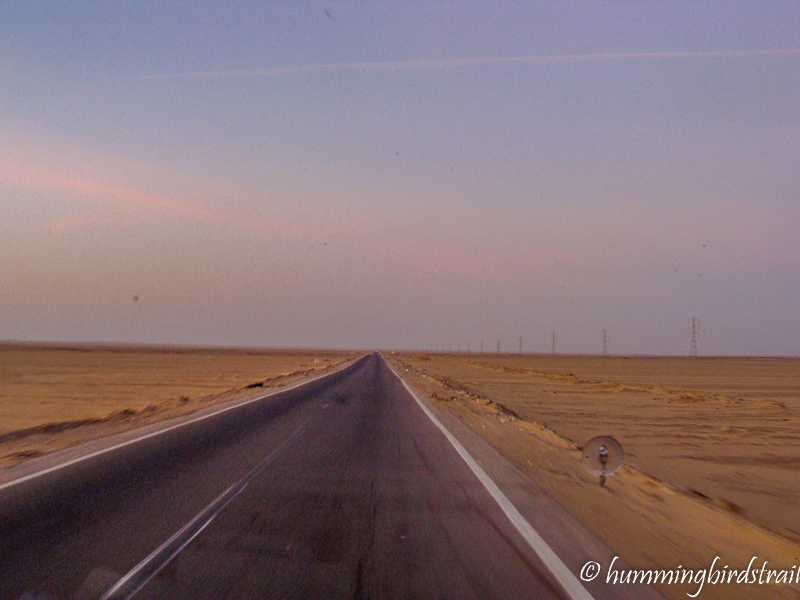
Most of us had fallen asleep, but were jolted awake by Michael. He said that our bus had broken down and required maintenance. We were informed that we were waiting in the middle of nowhere, for another bus to arrive and take us to Abu Simbel. It was strange to see the last of the vehicles depart while we stood stranded on the highway, our only companion, an olive tree, that refused to let the desert heat break its resolve.
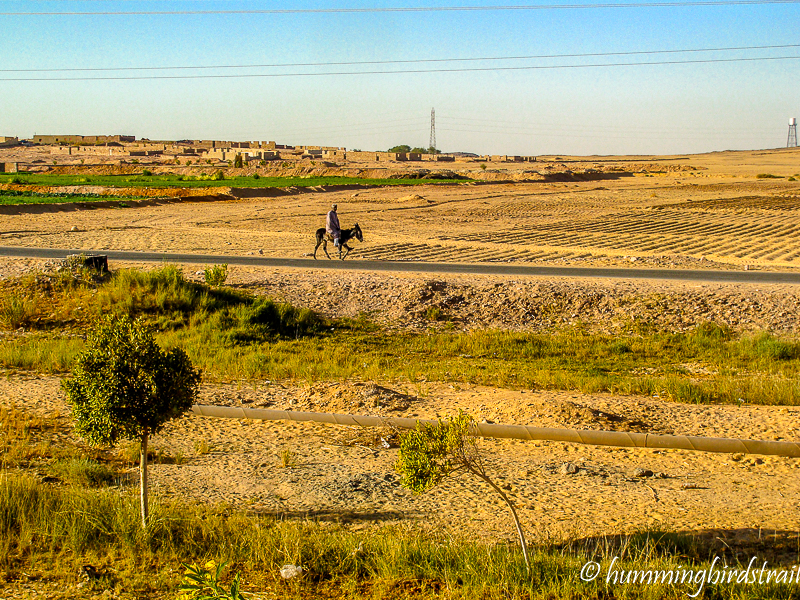
The other bus arrived nearly an hour and a half later. Now the darkness was driven away by the sunlight, and the desert was clearly visible, and it seared and scintillated in the throes of the Saharan heat like a mirage. The remaining leg of our journey was hitch-free, and as we disembarked from our bus, we became more and more wonderstruck by the sheer proportions of Egyptian architecture more than three thousand years ago!
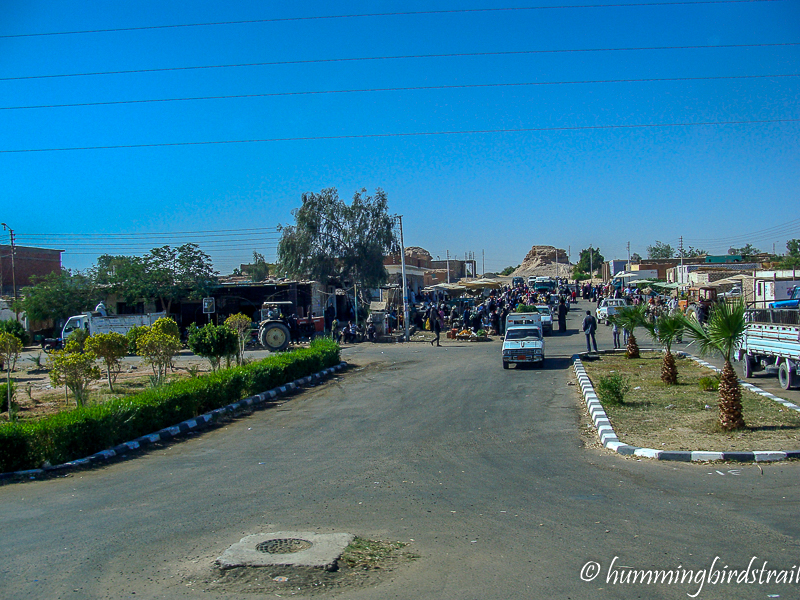
As we approached the site, which was facing the opposite side, towards Lake Nasser, we saw crowds of tourists who were already returning. Somehow, we felt happy at the prospect of exploring the place during ‘low-time’ i.e. amid lesser people. Maybe, some soulful conversations could take place between the stones and men!
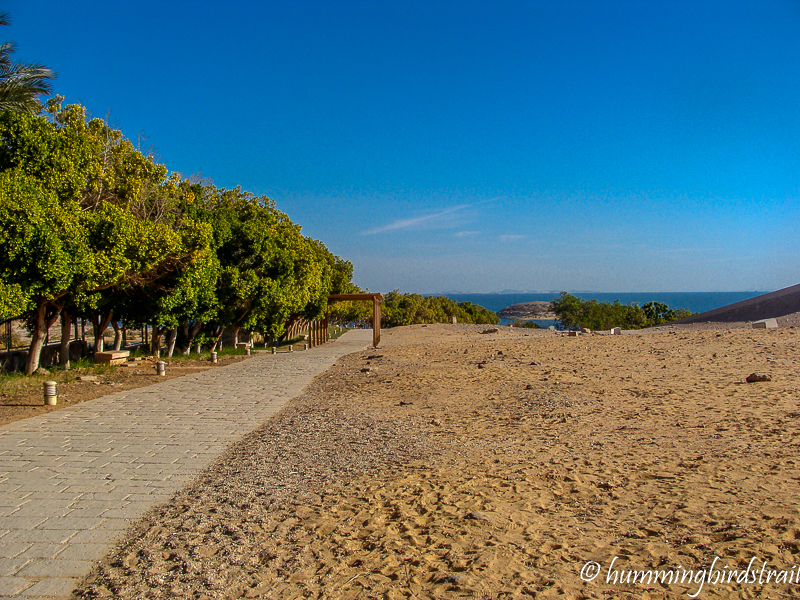
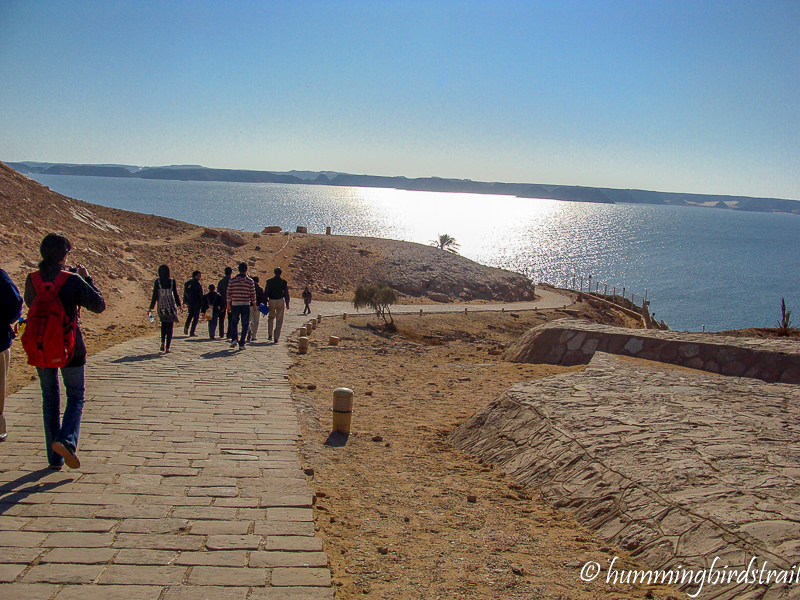
The colossal Temple complex is probably the biggest rescue of archaeological wonder by UNESCO in the year 1968, under the supervision of famous Polish Archaeologist Kazimierz Michałowski. The main aim was to save it from drowning in the water of Lake Nasser which was created due to the Aswan Dam.
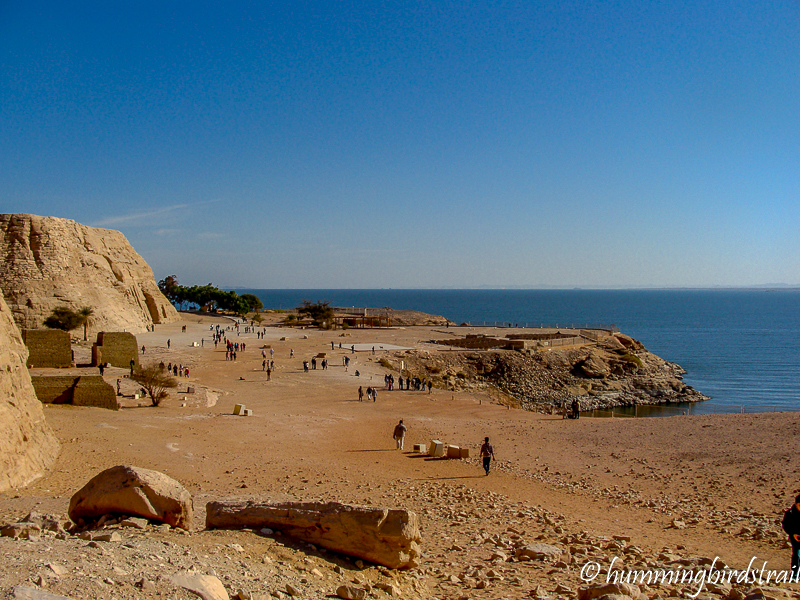
The original twin temples were carved on mountains around the 13th.Century B.C. to commemorate victory of the 19th.Dynasty Pharaoh, RamsesII, at the battle of Kadesh. This battle was fought between the new Kingdom of Egypt under the leadership of RamsesII and the Hittites, under the leadership of Muwatalli II, around 1274 B.C. The pompous monuments were thereafter dedicated to the Pharaoh and his queen, Nefertari.
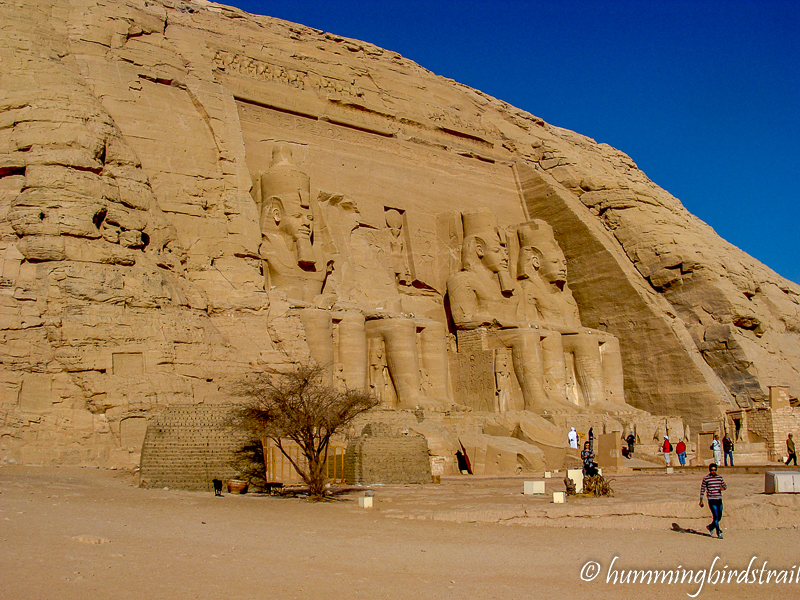
The tour began on foot as we walked straight into the frame of some Hollywood flick, or so it seemed. Standing in front of us, were the familiar and yet, surreal statues carved into the mountainside by hundreds of thousands of men and women, the sheer magnitude of whose artistry still surpasses all scientific explanations. The twin temples, one dedicated to Ramses II and the other to Nefertari, stood tall, challenging all modern notions of grandeur. The four gigantic statues guarding the facade that make it to the list of every history lover’s romantic odyssey, stared proudly ahead. No wonder, the Pharaoh himself was granted a place among the Gods during those times, Amun (King of Gods), Ra-Horakhty (Sun-God) and Ptah (God of craftsmen and architects), in this case.
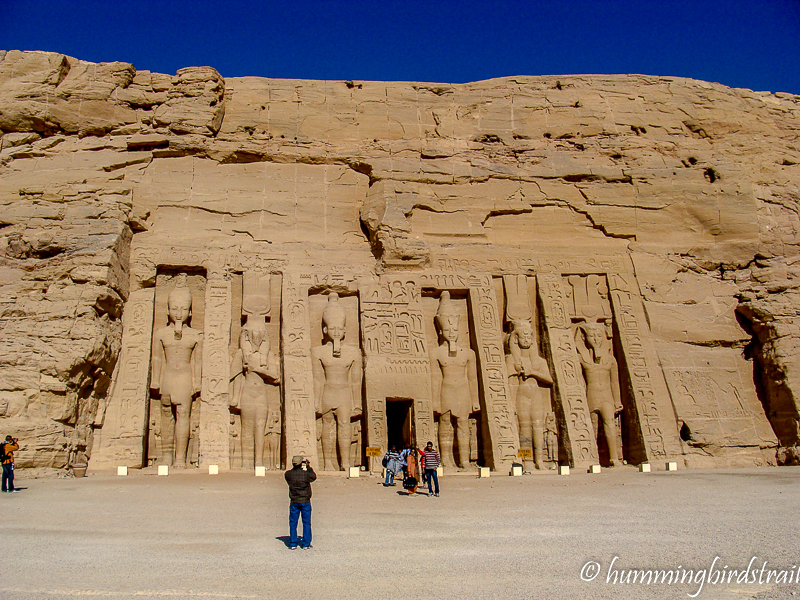
These twin temples were rediscovered in 1813 by a Swiss Orientalist Jean Louis Burchardt and the whole temple complex was dug up from the sand by an Italian explorer Giovanni Belzoni at 1817. The second temple of the Queen was symbolic of honouring the Queen Mother, and her sons to the Pharaoh, who would carry on the dynasty. It was dedicated to Ra-Horakhty, falcon God of Egypt.
It was really wonderful albeit shocking to think how UNESCO had actually cut and relocated the whole temples and statues amid the backdrop of dummy mountains. It was an artistry that was indeed a befitting tribute to the one that stood the test of time.
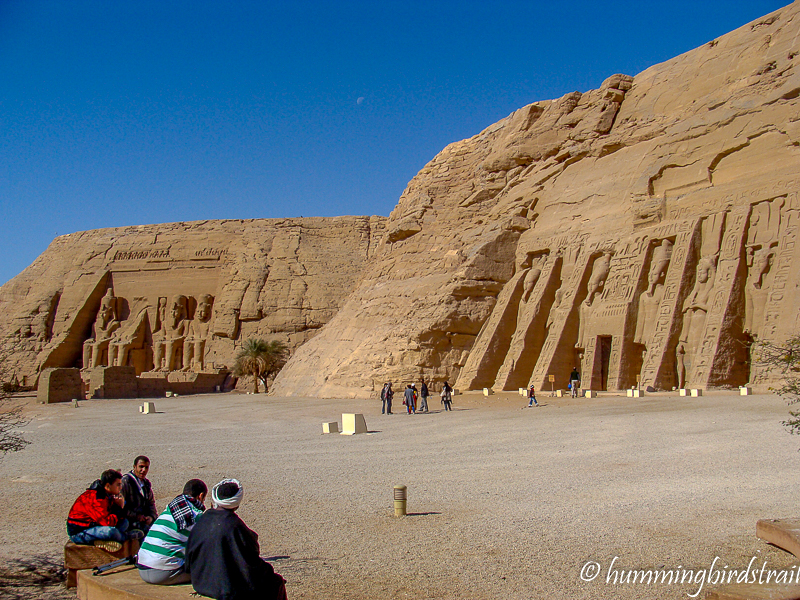
The lake Nasser by this complex is an endless deep blue water body that balances the Saharan scorching sun with a serene placidity. One moment you are struck by the whiteness of the sand all around you, and the next, you are staring at a seemingly endless mass of azure, and the splendour feels like the Pharaoh still stands at the border of his homeland, Egypt as a protector and benefactor since thousands of years.
Now it was time for return to Aswan as it was already 1100 hrs. which was the ending time of the morning shift convoy movement. As our bus was the last vehicle of the convoy, we noticed the heavily armed guards accompanying us on our way back to safety. We probably had lunch which we were carrying with us,in the bus itself, but it’s hard to remember. Anyway, we were all so inebriated with the magnanimity of history combined with the lack of sleep that the return journey seemed dream-like and the brief fleeting frames of an occasional sign of life in the vast white, only made the odyssey worthy of pondering. Lots of issues swarmed in our minds. Who were the militants? Could people fighting for a little food be indeed called so? What if the Saharan desert hadn’t spread so wide due to grazing? What would Abu Simbel have looked like during Ramses’ time? Nonetheless, somewhere out there, the spirit of the magnificence lingered…
How to reach:
There are numerous way to reach Abu Simbel from Aswan.
- By plane: There are frequent flights offered by Egypt Air for flying to Abu Simbel which is the fastest and most comfortable mode of transportation available.
- By car : Foreigners with their own cars are not allowed to visit Abu Simbel due to security related reason. But it is possible to hire car from local agencies with local drivers. In this route a convoy moves which starts at 05:00 hrs and another one is 11:00 hrs due to security matter.
- By bus: There are lots of buses and mini buses available in which seats can be booked from hotel also. All these busses move in convoy which start moving at 04:00 and 11:00 hrs respectively. All these convoy buses start their return journey before 16:00 hrs latest. There are two public buses which starts 04:00 and 11:00 hrs respectively.
- By boat: It is the most expensive and time taking but romantic journey among all which takes you through that giant lake Nasser.
Where to eat: Due to non availability of restaurants throughout this long desert highway and due to lesser time limitation at Abu Simbel, tourist should carry their own foods and beverage. However there are three restaurants like Toya, Wadi el-Nil and Nubian oasis.
Where to stay:
There are not much cheap or budget accommodation available due the isolated location. The following hotels are available
- Seti Abu Simbel (5 star)
- Eskaleh Nubian Eco Lodge
- Nefertari Hotel
- Nobaleh Ramses Hotel
- Abu Simbel tourist village
Abu Simbel is much colder than Aswan. So precautions must be taken for staying there at night.
Swimming in the water of Lake Nasser is prohibited due crocodiles of Nile.
https://youtu.be/0m43IRiVLCQ
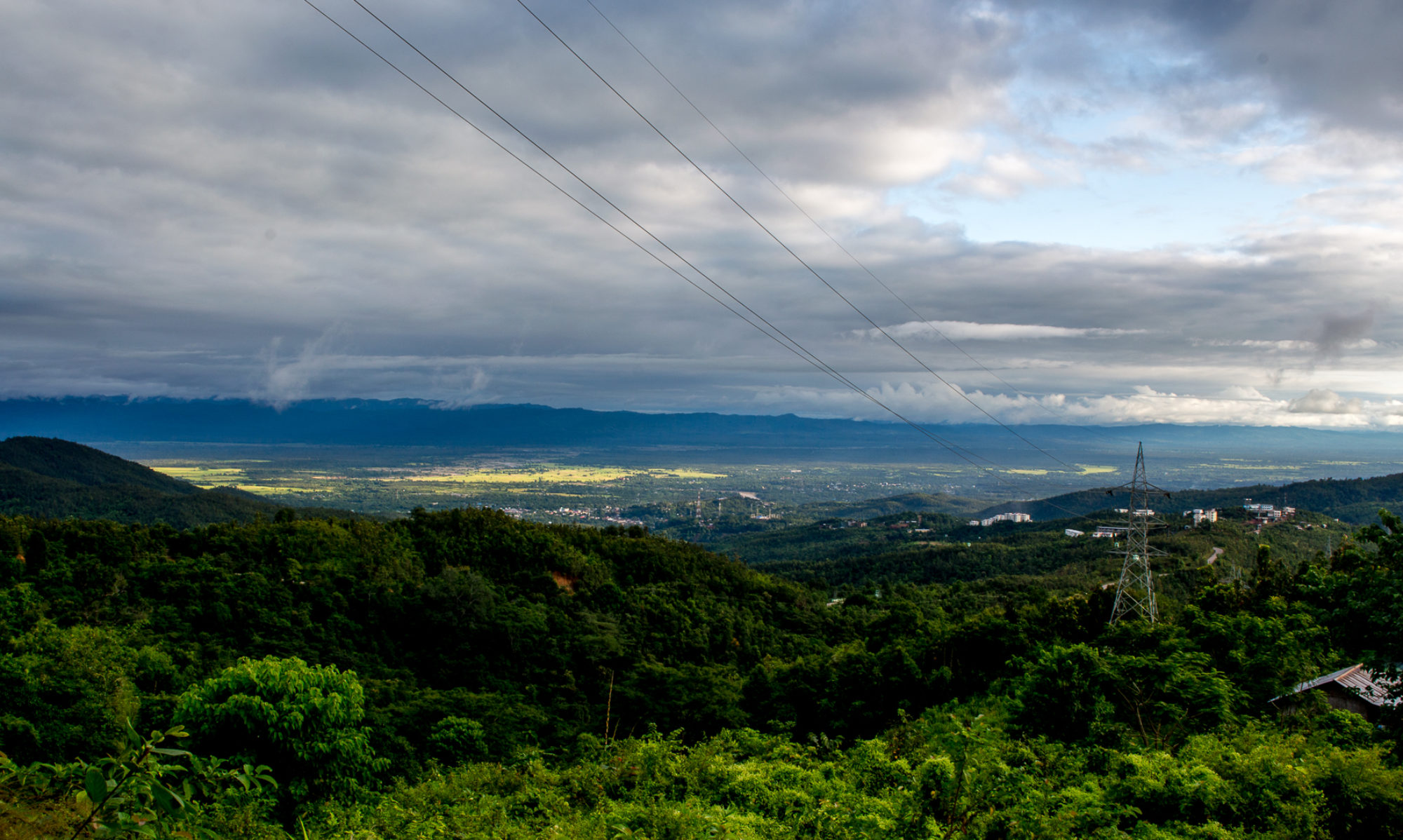

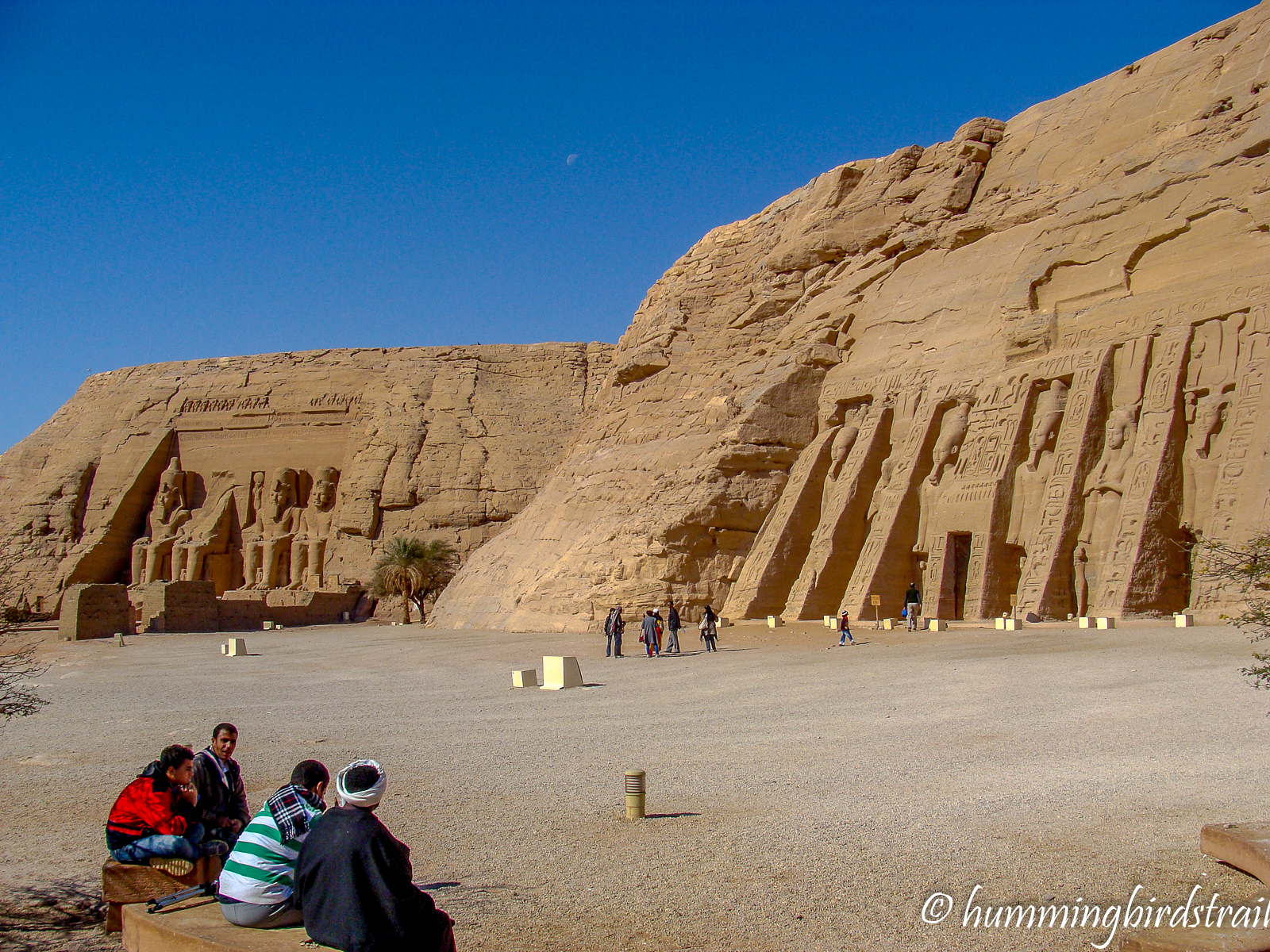
A round of applause for your blog post. Much thanks again. Really Great!
Write more, thats all I have to say. Literally, it seems as though you relied on the video to make your point. You clearly know what youre talking about, why throw away your intelligence on just posting videos to your blog when you could be giving us something enlightening to read?